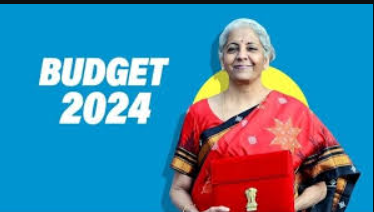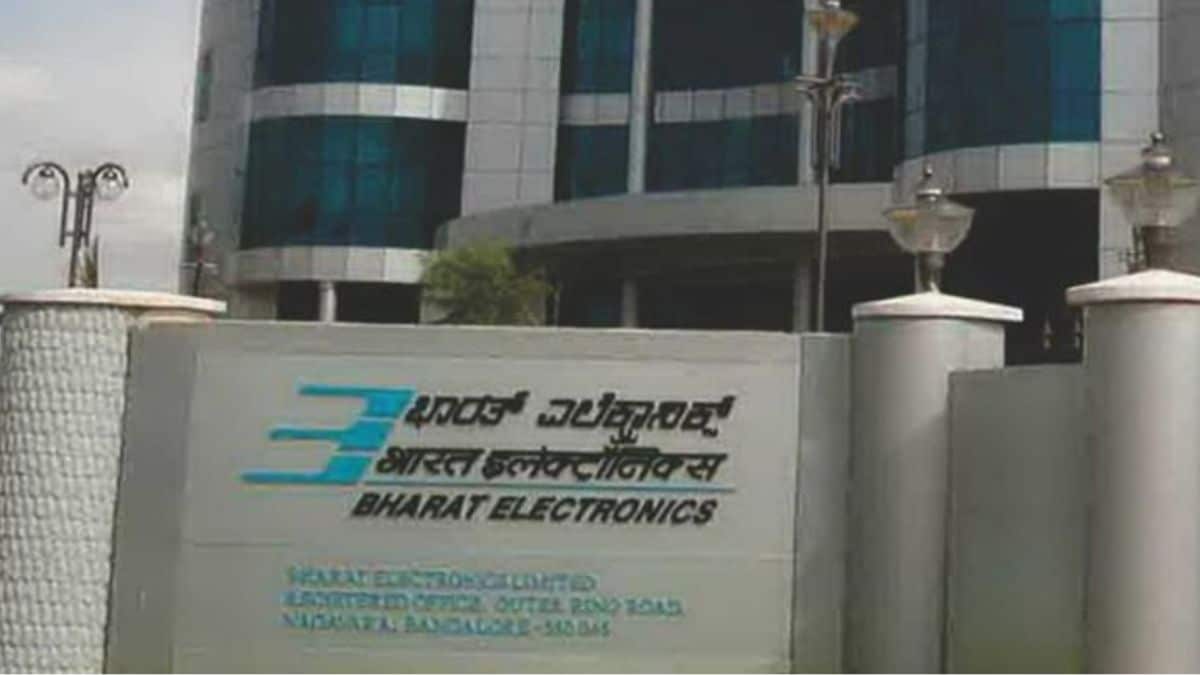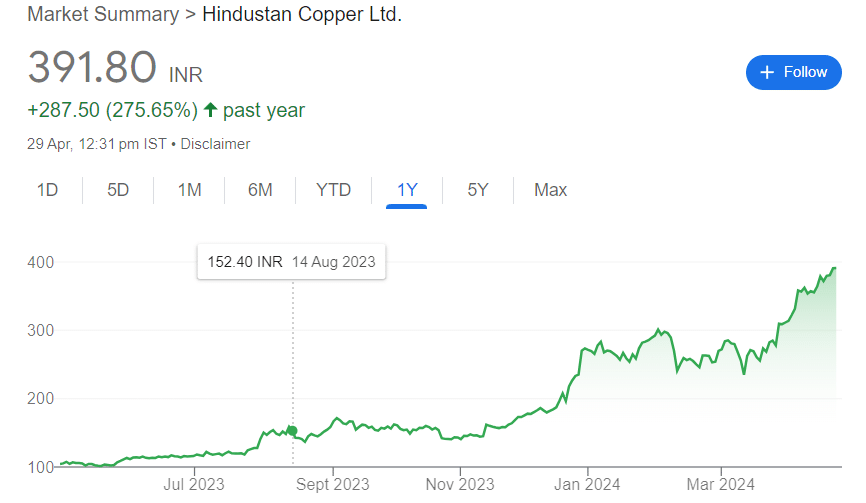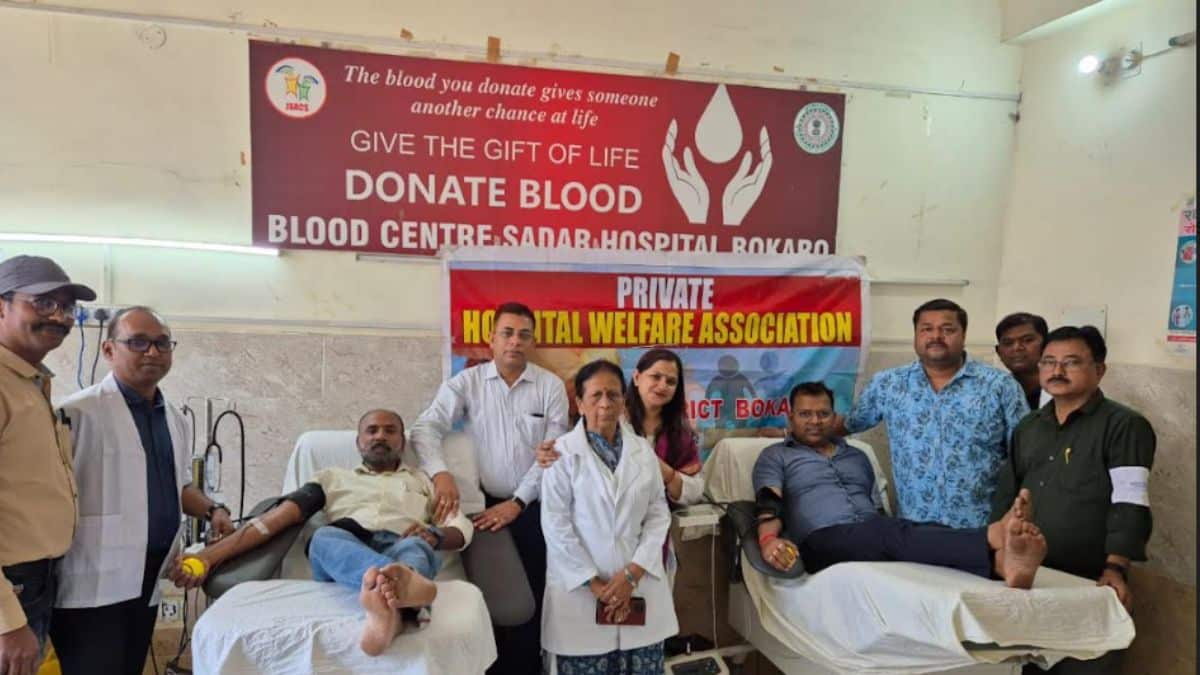Exploring the intricacies of the ‘Viksit Bharat budget’ for 2024-25, this article unveils concerning declines in real terms within health and nutrition allocations, raising questions about India’s path to development.
Introduction: Viksit Bharat Budget
In the pursuit of a ‘Viksit Bharat’ or developed India by 2047, the recently presented interim budget for the fiscal year 2024-25 has revealed intriguing dynamics within the health and nutrition sectors. While the budgetary allocations for health-related departments and key nutrition programs appear to have increased in absolute figures, a closer look reveals a decline when adjusted for inflation. This raises questions about the government’s commitment to addressing crucial health challenges and fulfilling the objectives outlined in the National Health Policy 2017.
Health and Family Welfare Budget Realities:
The budget allocation for the Department of Health and Family Welfare for the fiscal year 2024-25 has seemingly increased to Rs 87,656 crore from the previous year’s Rs 86,175 crore. However, when adjusted for a conservative 5% inflation rate, there is a concerning 3.17% decline in real terms. This contradicts the National Health Policy’s recommendation to increase health spending annually to achieve the goal of dedicating 2.5% of the GDP to health by 2025.
Pradhan Mantri Swasthya Suraksha Yojana (PMSSY) Suffers:
One of the most affected programs is the Pradhan Mantri Swasthya Suraksha Yojana (PMSSY), which witnessed a drastic 33% decline in its allocation for the fiscal year 2024-25 compared to the previous year. The PMSSY, designed to enhance tertiary healthcare infrastructure, including new AIIMS-like institutions, now faces setbacks both in terms of functionality and budget.
ICMR and Disease Control: Viksit Bharat Budget
The allocation for the Indian Council of Medical Research (ICMR) has increased nominally, yet when adjusted for inflation, it reflects a 1.87% decline. Additionally, the budget for the National Aids and STDs Control Program witnessed a decrease of over 5% when adjusted for inflation.
Ayushman Bharat Health Infrastructure Mission (PM-ABHIM):
Launched in response to the COVID-19 pandemic, the Ayushman Bharat scheme saw a decline in its allocation for the fiscal year 2024-25. The mission, aimed at preparing for future pandemics, now faces challenges with a reduced budget of Rs 4,107 crore compared to the previous year’s Rs 4,200 crore.
PMJAY- Viksit Bharat Budget:
While the PMJAY scheme, a part of Ayushman Bharat, witnessed a budget increase, criticisms persist regarding the lack of infrastructure development and financial support for private healthcare providers. Despite the scheme’s coverage of 40% of Indian families, it faces ongoing challenges highlighted by the Comptroller and Auditor General’s findings on corruption and mismanagement.
Nutrition Programs: Viksit Bharat Budget
The budgetary allocation for Poshan 2.0 and the Saksham Anganwadi scheme has increased to Rs 21,200 crore for the fiscal year 2024-25. However, when adjusted for inflation, this seemingly positive increase reveals a decline of 1.77%. This raises concerns in the context of India’s recent ranking of 111 out of 125 countries in the Global Hunger Index.
Conclusion: Viksit Bharat Budget
As India strives for development, the budgetary allocations for health and nutrition programs raise significant concerns. Declines in real terms, particularly in vital areas like PMSSY and disease control, pose challenges to achieving the healthcare goals outlined in the National Health Policy. The government’s commitment to addressing the pressing health issues facing the nation will undoubtedly be a subject of scrutiny and debate in the coming days.
also read In ‘Viksit Bharat’, Budget for Health and Nutrition Declines in Real Terms











3 thoughts on “Viksit Bharat Budget: Unveiling the Realities of India’s Health Budget for 2024-25”
Comments are closed.